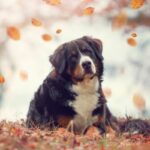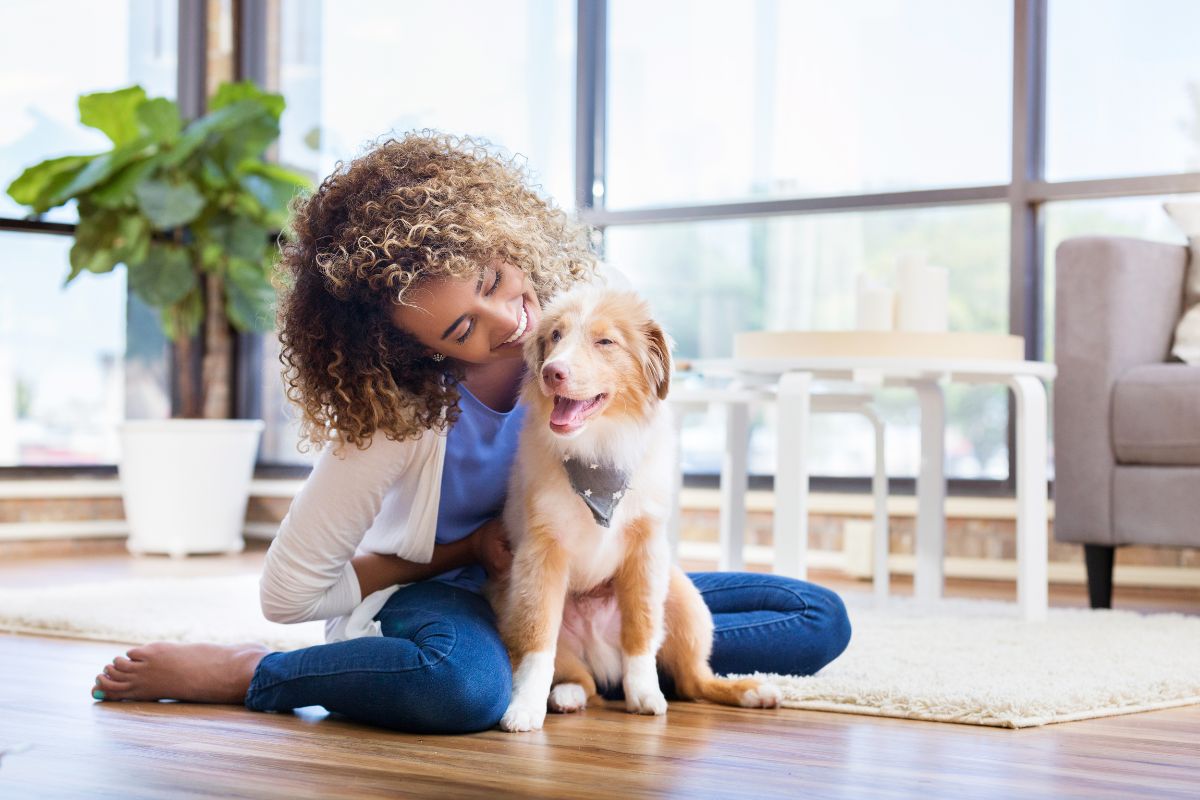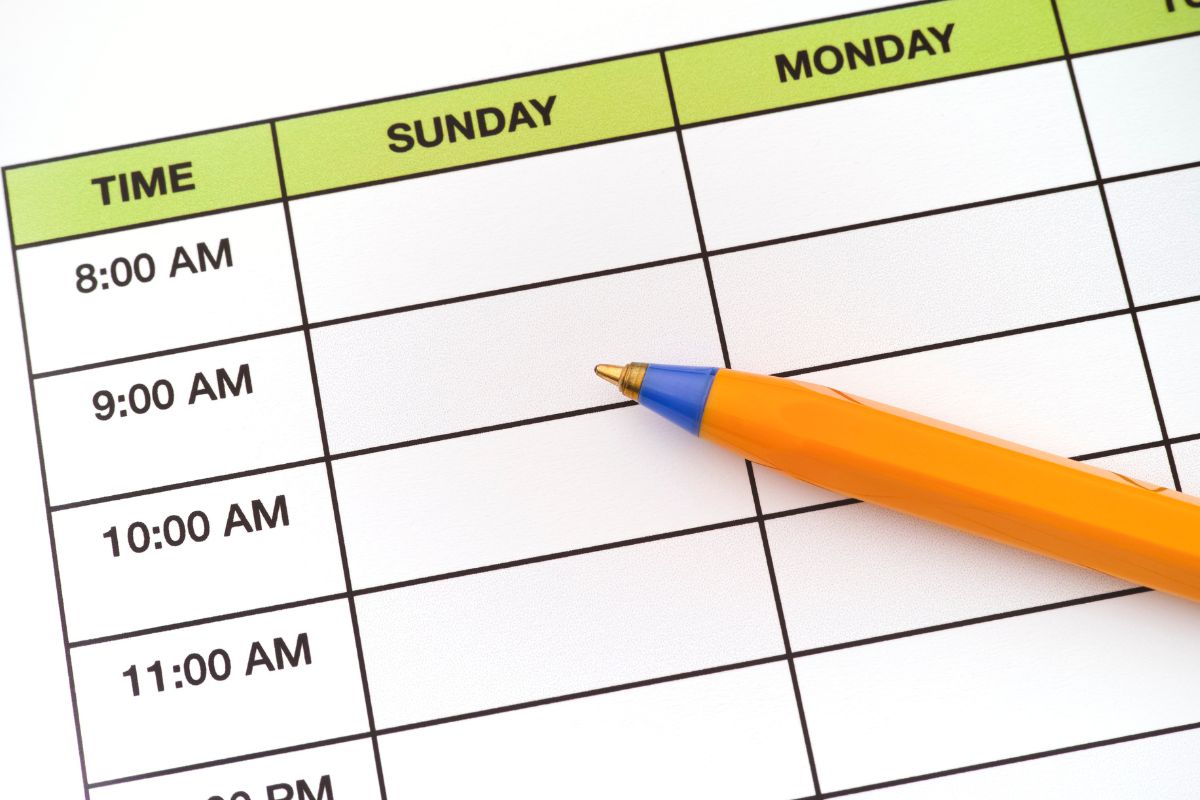Belgian Shepherds, known for their exceptional intelligence and graceful stature, have a rich history that extends beyond their original role as herding dogs.
There are four varieties of Belgian Shepherds, and in this guide, we will take a look at what these types are.
We’ll also look at the Belgian’s personality, lifespan, and care requirements.
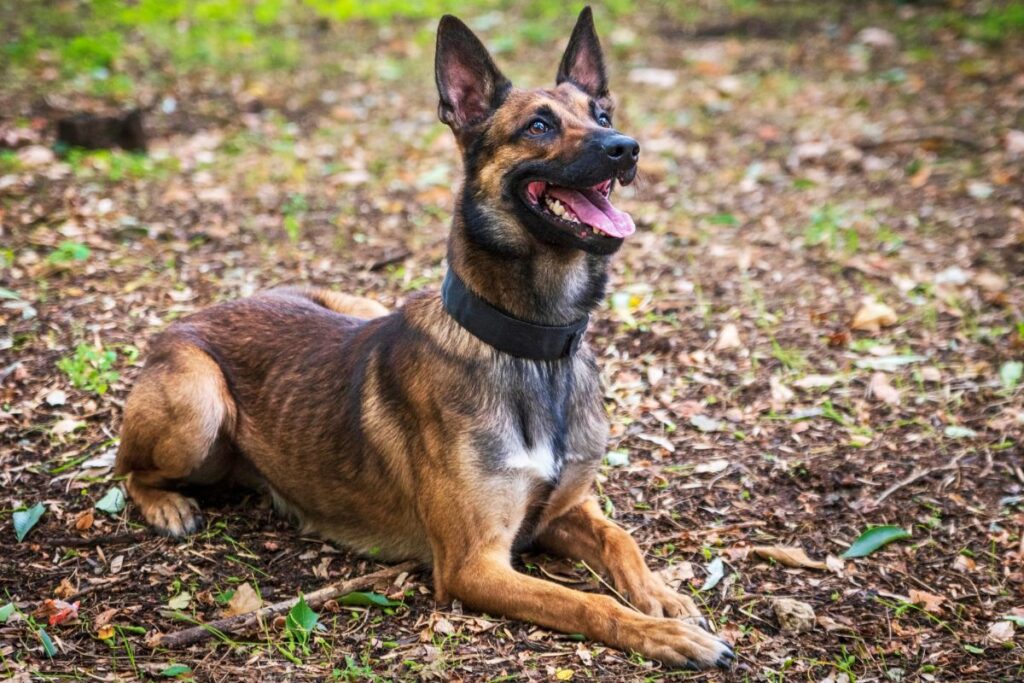
If you’re tempted to welcome a Belgian Shepherd into your home, this guide will tell you everything you need to know to make an informed decision.
Belgian Shepherd History And Breed Facts
Belgian Shepherds, originating from the rural areas of Belgium (as the name suggests), were initially bred as herding dogs.
The breed is a descendant of other breeds like the German Shepherd, the Dutch Shepherd, and the Bouvier des Ardennes.
From their humble beginnings as herding dogs, their versatility quickly led them to become favorites in more demanding roles, including as service dogs in various fields.
Their adaptability and intelligence have cemented their place in the hearts of dog lovers worldwide.
Belgian Shepherds are now widely used in search and rescue missions, for police work, as guide dogs, guard dogs, and more.
There are four types of Belgian Shepherd – we will explore each of them and their distinct characteristics below:
The Belgian Malinois
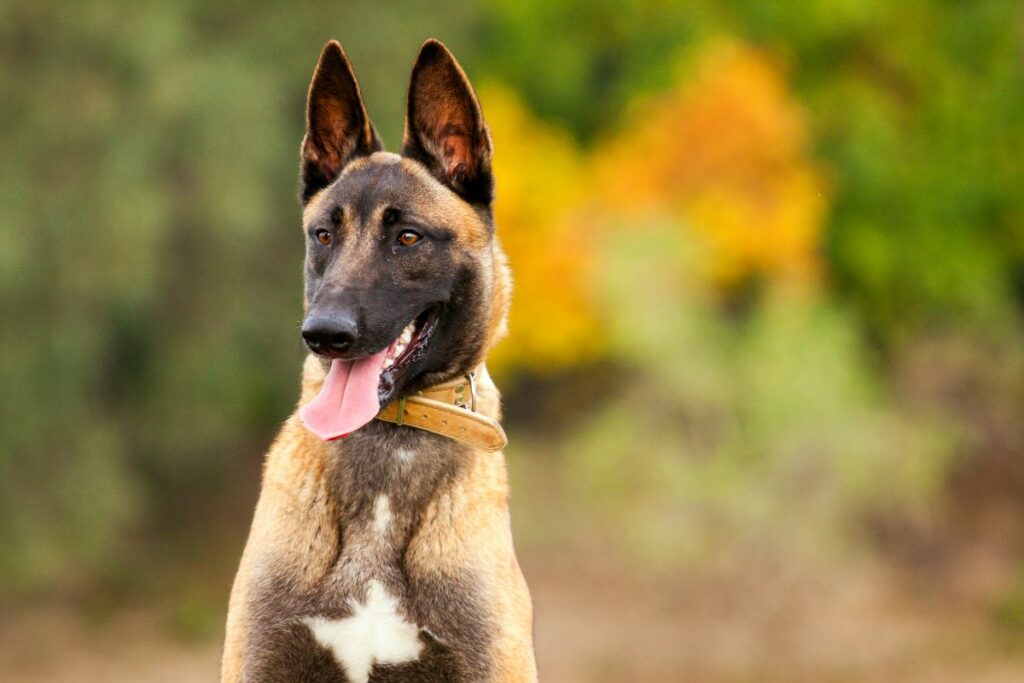
The Belgian Malinois is arguably the most well-known of the Belgian Shepherd varieties.
As the athlete of the group, the Malinois is all about energy and agility.
These pooches are often mistaken for German Shepherds, but they’re like the sporty cousins.
They have short, fawn-colored coats with black markings, and they’re famous for their work in police and military roles.
If you’re looking for a dog that’s always ready for action, the Malinois is your go-to.
This variety is highly trainable, but with the wrong handling and poor training, they do have a tendency to be aggressive. As such, they’re at risk of being added to the banned breed’s list in the UK.
The Belgian Groenendael
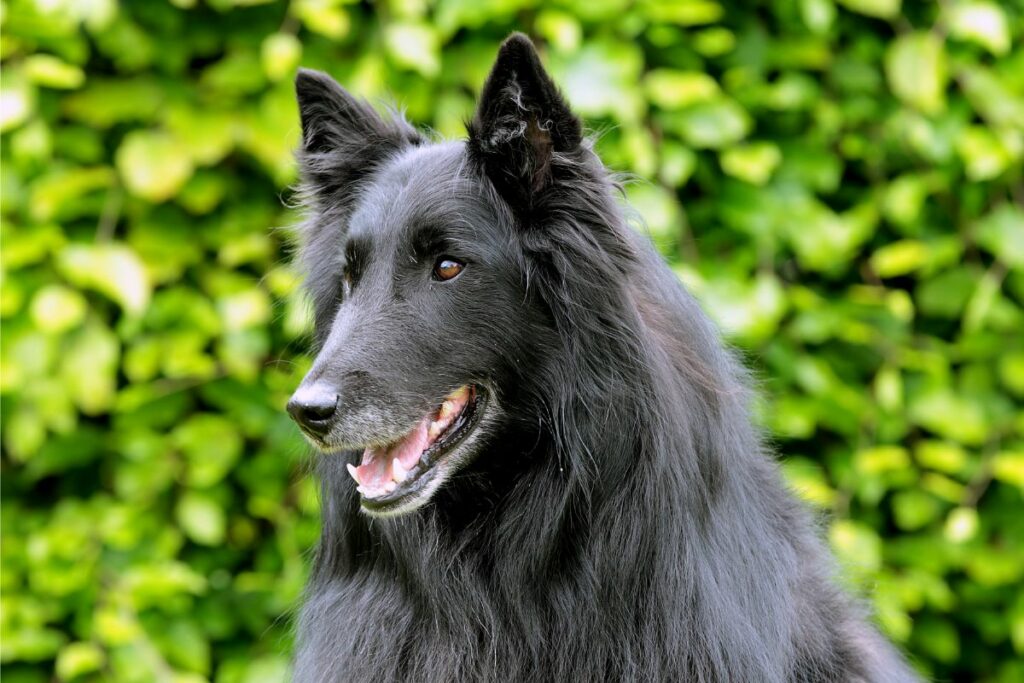
The Belgian Groenendael has truly luscious locks – they’re the Belgian Shepherd that turns heads with their stunning, long, black coats and their sleek, elegant faces.
They’re not just about good looks though; these dogs are smart, versatile, and make great family pets.
If you like long walks and plenty of cuddles, and you don’t mind some shedding, the Groenendael could be your perfect match.
The Belgian Laekenois
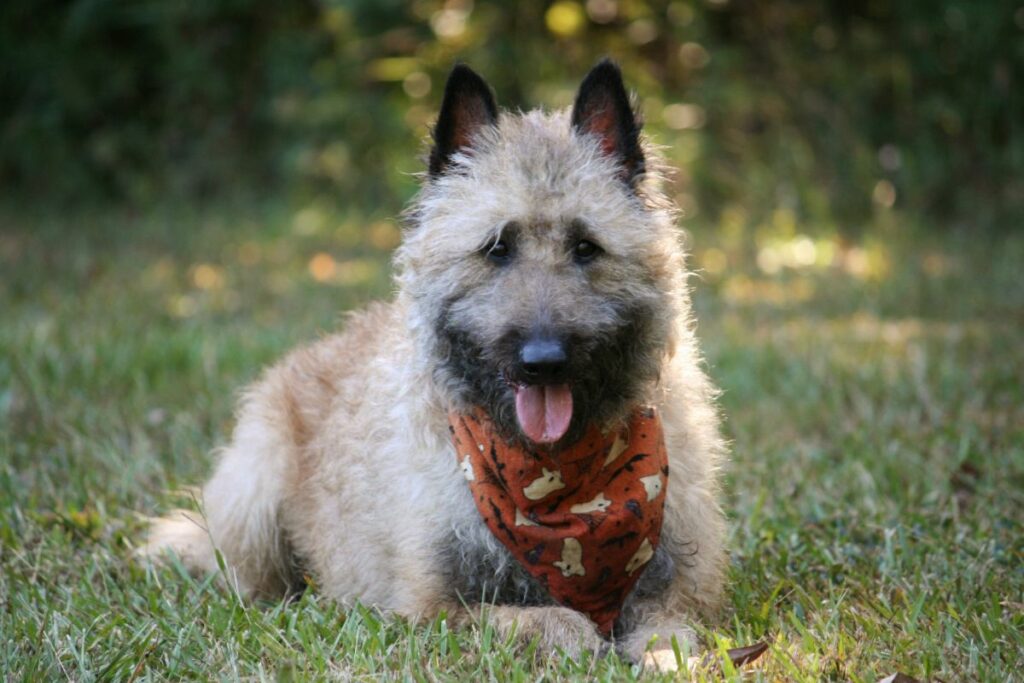
The Laekenois stands out from the other Belgian Shepherds on this list. They have wiry, tousled coats that give them a distinctive, rugged look.
They were originally used for herding and protecting livestock, so they’ve got a strong work ethic.
If you’re looking for a loyal, protective companion with a one-of-a-kind appearance, the Laekenois is the way to go.
The Belgian Tervuren
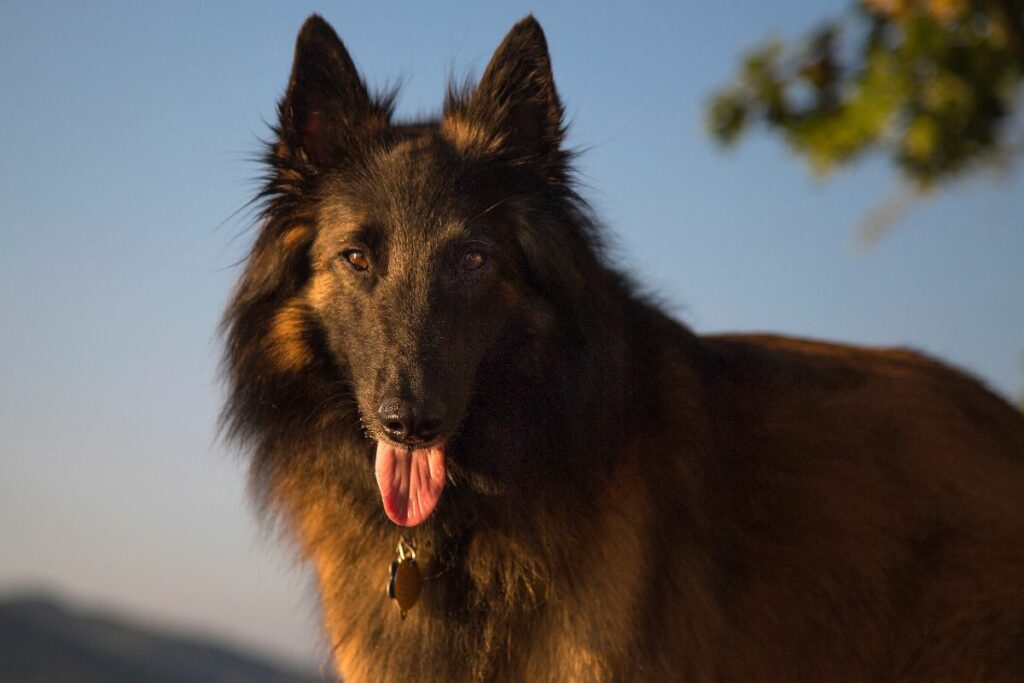
Last but not least, we have the Tervuren.
This variety of Belgian Shepherd has a long, luxurious coat, much like the Belgian Groenendael, but their coats come in rich fawn to russet mahogany with black overlays.
They share the distinct, black mask with the Malinois, but they’re not just pretty faces; Tervurens are known for their intelligence and eagerness to please.
If you’re after a stunning, smart companion who loves to learn, the Tervuren could be for you.
Fun fact: In the US, the AKC considers each variety to be a different breed.
Belgian Shepherd Average Size, Lifespan, And Key Life Stages
The Belgian Shepherd has an expected average lifespan of 12 – 14 years.
Regardless of the variety, male Belgian Shepherds are usually around 24 – 26 inches tall, with the females reaching a height of around 22 – 24 inches.
When it comes to weight, though, there can be variations between the four breeds.
The male Belgian Malinois usually weighs in at 60 – 80 pounds (27 – 36kg), and the females usually range between 40 and 60 pounds (18 – 27kg).
The Belgian Tervuren and The Belgian Groenendael have a similar weight range, with males weighing in at 55 – 75 pounds and females coming in at 45 – 60 pounds.
The Belgian Laekenois has a weight range of 55-65 pounds.
Most Belgian Shepherds will reach adulthood by 11 – 12 months of age; at this point, they should have reached their adult height. They may continue to fill out and build muscle until they are 18 – 24 months old.
Below, we’ve broken down the key life stages of this breed to help you understand what to expect.
- Two to Three Weeks Old: This is when the adventure begins! Tiny Belgian Shepherd puppies start opening their eyes and ears around two to three weeks old, taking in the new world around them. It’s all about exploring the basics – sights, sounds, and snuggles with their littermates.
- Four to Six Weeks Old: At this age, those little chompers start coming in, and it’s chew toy time. This is also when you can start introducing the pups to new people and experiences in a gentle, fun way to help them become well-socialized dogs. Basic training, like potty training, can also begin.
- Eight to Ten Weeks Old: At this age, they’re ready for their first big vet visit for vaccinations. It’s also prime time to solidify that basic training. Belgian Shepherd pups are super eager and quick learners, so teaching them ‘sit,’ ‘stay,’ and ‘down’ can start now.
- Six Months to One-Year-Old: Your Belgian Shepherd will now be full of energy and a bit of mischief! This is when they grow like weeds and start showing their unique personality. Keeping up with training and socialization is key to channel their energy positively.
- One to Two Years Old: They’re all grown up in size by now, though they might still bulk up a bit. Switch your Shepherd from puppy kibble to adult dog food to make sure they get all the nutrients they need for their active lives.
- 7 Years and Older: As seniors, Belgian Shepherds need a bit more TLC. Their diet might need tweaking for aging bodies, and while they still love a good walk, keeping things a bit more low-key helps them stay comfortable and happy.
Belgian Shepherd Personality
Moving on, let’s take a look at the temperament and personality of the Belgian Shepherd.
Brimming with intelligence, these dogs are quick learners who thrive on mental challenges and excel in activities that test their agility and obedience.
This intelligence, however, comes with a need for regular mental stimulation to prevent boredom and the mischief that can follow.
At their core, Belgian Shepherds are fiercely loyal companions. They form deep, enduring bonds with their families, often positioning themselves as the household’s guardian.
Their energy levels are as high as their intelligence. Belgian Shepherds are lively and playful, always up for a run, a game of fetch, or any activity that lets them burn off their abundant energy.
This makes them a perfect match for active families who can match their zest for life and keep up with their need for regular, vigorous exercise.
Despite their robust exterior, Belgian Shepherds have a sensitive side. They respond best to positive reinforcement and a gentle touch in training.
Harsh methods can be counterproductive, as they tend to be in tune with the emotions of those around them.
Their sensitivity also means they are receptive to social cues, which, along with proper training and socialization, can make them well-adjusted, sociable dogs.
Caring For Your Belgian Shepherd
Now, we will take a look at the care basics for your beautiful Belgian Shepherd. We will share information on diet, grooming, and exercise.
Diet
When feeding your Belgian Shepherd, the goal is to match their diet to their age and activity level.
In their puppy phase, these lively little guys need a diet that’s all about growth and energy. High-protein puppy food is the way to go, giving them the right building blocks for muscle and bone development.
As your Belgian Shepherd grows up and hits adulthood, the focus is on keeping them fit and healthy. Their diet should be a well-rounded mix of good proteins, fats, and essential nutrients to maintain their energy and keep that shiny coat looking great.
Then, as they start to age and slow down a bit, their diet needs to adjust too. Senior Belgian Shepherds need food that’s easier to digest and supports their joint health.
Foods made for older dogs usually have all the right stuff to keep them feeling good as they enjoy their golden years.
And, of course, you can let your Belgian Shepherd indulge in the occasional treat – just be sure these tasty snacks make up no more than 10% of your dog’s diet.
Exercise
Belgian Shepherds are full of life and always ready for action. To keep them content and in tip-top shape, they need plenty of exercise.
All varieties of Belgian Shepherds need a good dose of exercise daily – set aside two hours a day to give them plenty of opportunity to blow off some steam.
These dogs enjoy long, brisk walks, a good run, spirited games of fetch in the park, or any other activities that get them moving and their hearts pumping.
Belgian Shepherds are always up for a challenge and love activities that engage both their bodies and minds.
Agility training and obedience exercises are great ways to keep them engaged and in peak physical condition.
But it’s not all about physical exercise. As we mentioned before, Belgian Shepherds are clever and need their minds to be just as active as their bodies.
Incorporate interactive games and training sessions that make them think.
Puzzle toys are also fantastic for keeping their minds sharp.
It’s all about balancing physical activity with mental stimulation to keep your Belgian Shepherd happy, healthy, and always ready for the next adventure.
Grooming
The grooming needs of a Belgian Shepherd will depend on the variety in question.
If we look at the Malinois first, they are relatively low maintenance. With short coats, they don’t require a complex grooming routine.
Similarly, the Laekenois, with its short, wiry coat, doesn’t need a lot of maintenance.
The Groenendael and the Tervuren, however, have longer locks, and their coats require a bit more dedication.
Regular brushing is the secret to a healthy, shiny coat, and it also keeps shedding under control, so brush the shorter coats once to twice a week, and brush the longer-coated Shepherds a few times each week.
Don’t forget the basics like nail trims and dental care during your grooming routine – keeping those claws and canines in check is essential for overall health.
You can also wipe their eyes and ears to keep them clean.
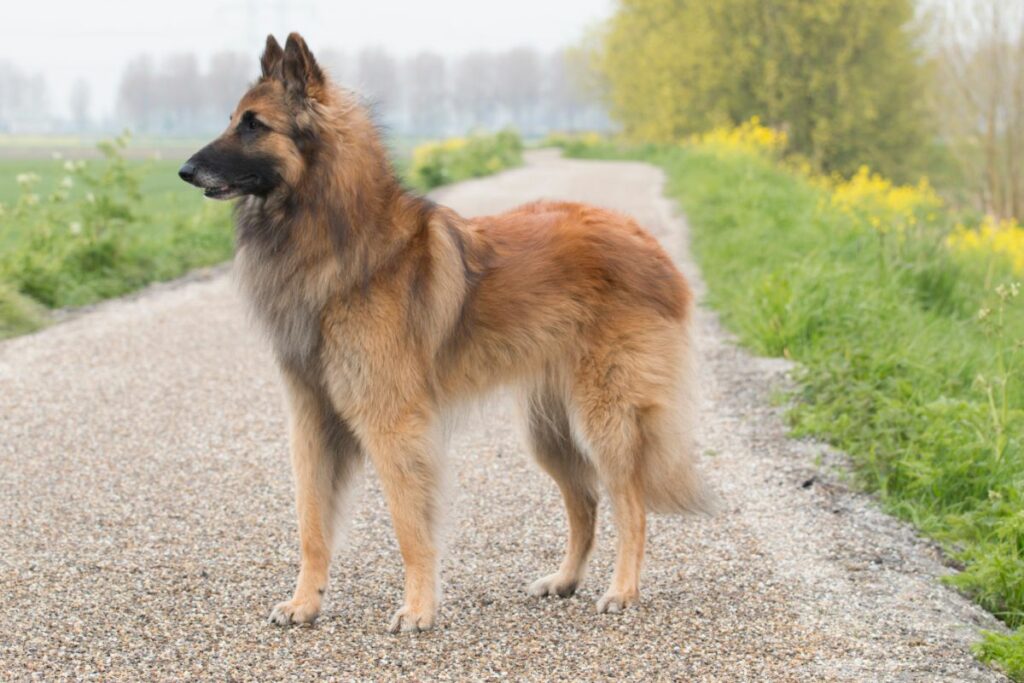
Common Belgian Shepherd Health Problems
As with any breed of dog, Belgian Shepherds are prone to certain health problems, including:
- Hip and Elbow Dysplasia: These are common conditions where the hip or elbow joints develop abnormally, potentially leading to arthritis and pain.
- Progressive Retinal Atrophy: This is a degenerative eye disorder that can lead to blindness. Early detection through regular eye exams is important for managing this condition.
- Epilepsy: Belgian Shepherds may be susceptible to epilepsy, a neurological condition causing seizures. While it can be concerning, epilepsy is often manageable with medication.
- Cataracts: Similar to humans, Belgian Shepherds can develop cataracts, which cloud the lens of the eye and can impair vision. Surgery can often correct this condition.
In Summary
The Belgian Shepherd can be split into four distinct varieties, each of them beautiful, smart, and loyal.
Belgian Shepherds are active dogs that require plenty of exercise and mental stimulation.
They are fiercely loyal and, with proper socialization and training, can make lovely family dogs.
Further reading: The Dutch Shepherd vs the Belgian Malinois.
Frequently Asked Questions
Is a Belgian shepherd a good family dog?
With proper training and socialization, Belgian Shepherds can be excellent family dogs due to their loyalty, protective nature, and affectionate behavior.
What are the 4 types of Belgian Shepherd?
The four types are the Malinois, the Groenendael, the Laekenois, and the Tervuren.
Are Belgian shepherds easy to train?
Belgian Shepherds are highly intelligent, making them generally easy to train, as they are eager to learn and please their owners.
Do Belgian Shepherds shed a lot?
This really depends on the variety of Belgian Shepherd in question. The shorter-coated types, like the Malinois and Laekenois, are low maintenance from a grooming point of view, but the Groenendael and the Tervuren have longer coats and require more grooming.
- A Pawprint Pets Guide To Puppy Breeds – Belgian Shepherds - November 27, 2023
- A Pawprint Pets Guide To Puppy Breeds – German Shepherds - November 25, 2023
- A Pawprint Pets Guide To Puppy Breeds – Australian Shepherds - November 23, 2023





